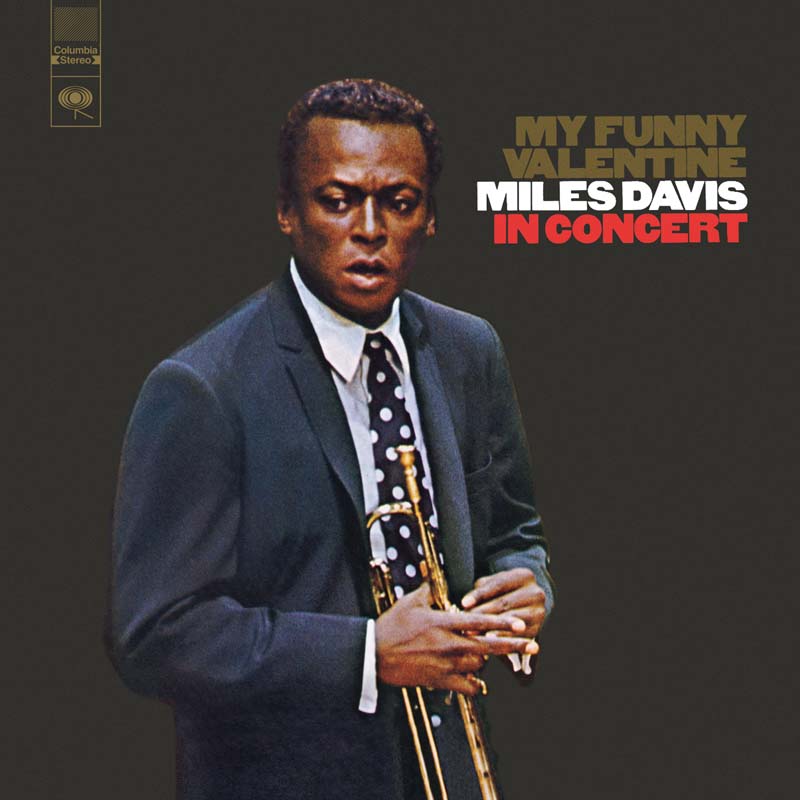Discover.Welcome! Here is the next album for discussion - 'My Funny Valentine: In Concert Live.' by Miles Davis. Here it is on Apple Music. Here it is on Spotify. Here it is a link to the first track on YouTube. Previous albums from session # 1 and #2 were: #1 - 'United we Swing.' - Wynton Marsalis Septet. Here is some information about the album and here it is to purchase amazon, though if you are able to buy it from the artist please do! #2 - 'As Falls Wichita, So Falls Wichita Falls.' - Pat Metheny & Lyle Mays. Here it is on Amazon. Learn.Here are some quick notes on practising. I intend to do a longer article soon, but here are some bullet points to get you started on creating a productive practise regime. - Strive to create order out of chaos. When learning an instrument, you produce cacophony - this isn’t music, it’s chaos. It may be fun to play, but not pleasant to listen to. By organising and understanding what you play, you help to create order out of the chaos. This is identical to the way in which a baby learns to speak. Initially you hear babbling, then vowel sounds followed by harsher sounds such as T P K. Initially, none of these sounds are structured coherently, but with enough mimicking listening, visual and kinaesthetic cues, a child refines these sounds into words. Once basic Nouns and verbs are mastered, a child then starts gluing them together into sentences. This leads to effective communication which is, arguably, what we are trying to do in music - to communicate and express ourselves. - Master the basics. If you can do the simple things well, the complicated passage/ exercises/ phrases you come across are usually a combination of a few simple elements. - Practise with intent & focus. First and foremost, without intent and concentration progression will be stumped, regardless of how much or frequently you practise. Intent and concentration is the most important part of practise. (Having a regular practise environment free of distractions helps with this). Create a routine which can make focusing and concentration easier. Assuming your concentration is in check, you must now consider frequency. A short period of regular focused practise is much more productive than having infrequent longer practise sessions. It should come as no surprise that longer practise sessions are something for a more advanced student who’s developed their ability to concentrate and be consistent with practise. To start with, practice only as long as your concentration can be kept then gradually expand this. Lastly, add to the length of your practise sessions. When your concentration and frequency is in check, add to the length of practise time. The suitable amount of time to practise is equal to how long you can play with intent and focus. - Ask questions whilst you practise to keep your mind focused. Remembering this great poem by Rudyard Kipling - it tells you all you need to know. ‘I have six men who serve me, Lastly, here is another extract which I have found useful when considering practise, both for structure as well as mindset by Claude Gordon. This book is designed to systematically develop strength and muscle coordination along with the wind control so that the student will play naturally and easily as his fears disappear. Play.We'll be playing instruments in the next D.L.P. meeting, the focus will be the blues.
If you are interested in joining the meeting (Thursday nights at 19:00 GMT) Get in touch.
0 Comments
|
Discover | Learn | Play.Welcome to my BLOG. Categories
All
Archives
April 2021
|


 RSS Feed
RSS Feed
